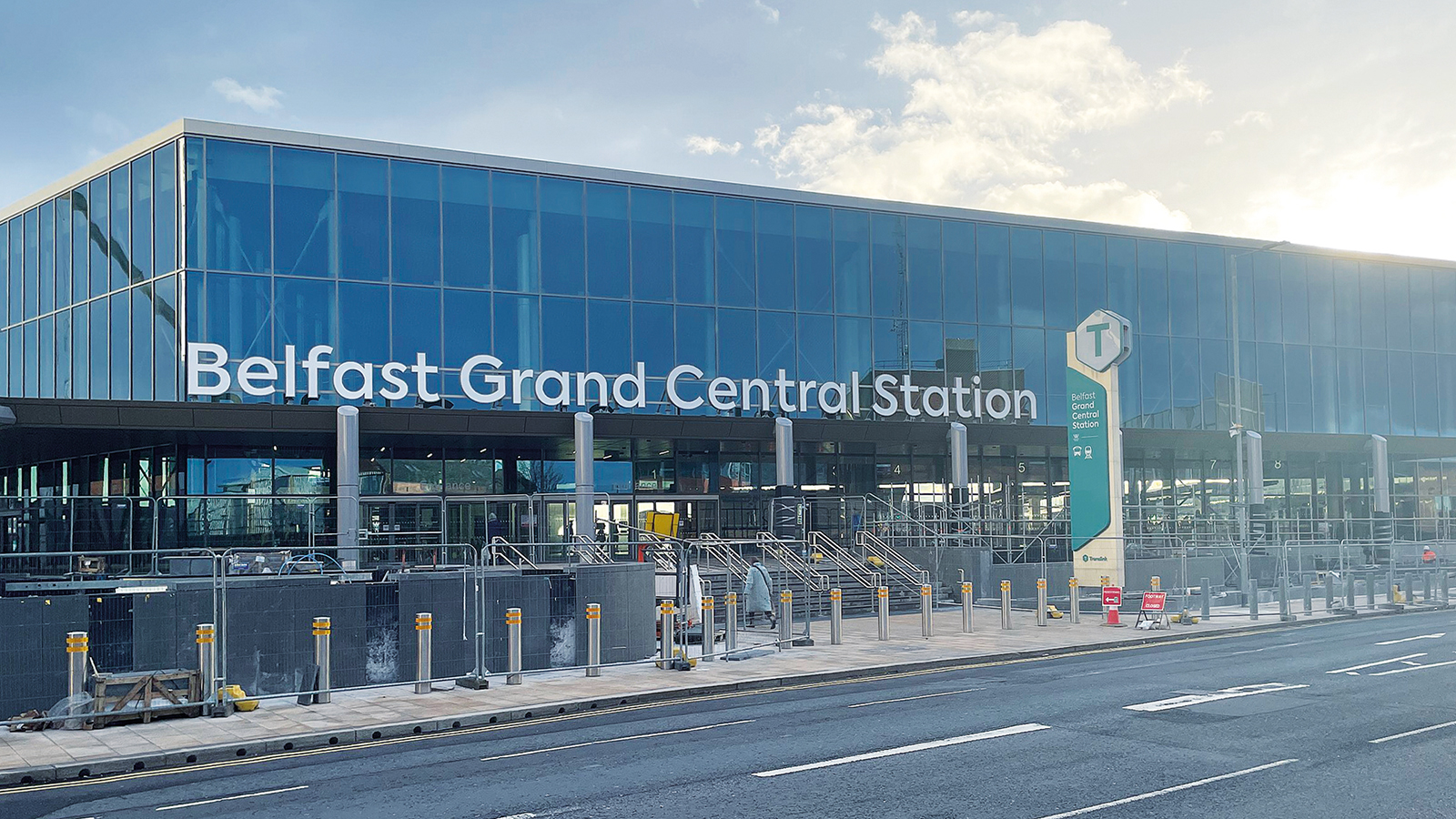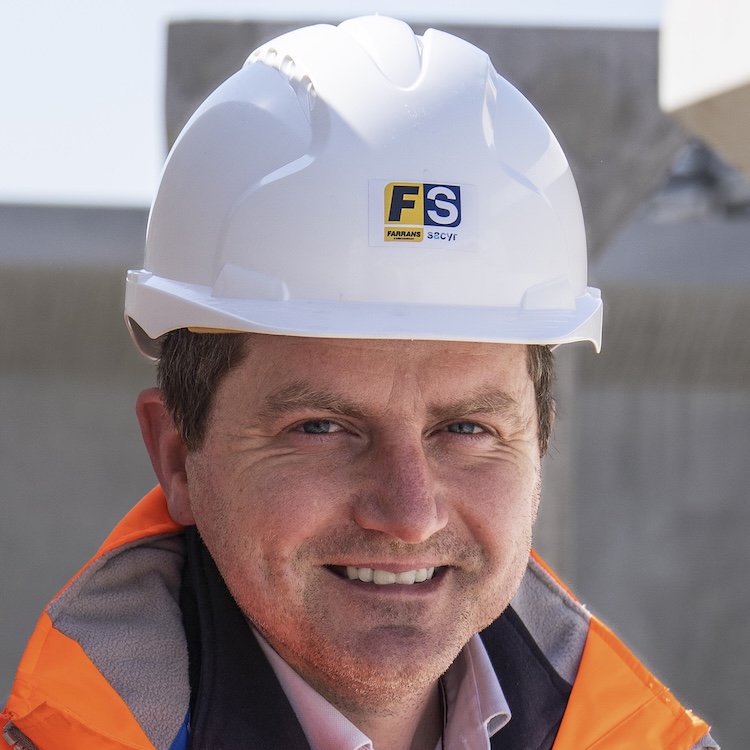
Attracting new talent into the construction industry was top of mind during the delivery of Belfast Grand Central Station for Translink.
If government is to realise its ambition to ‘get Britain building’ and deliver on its hugely ambitious infrastructure targets, it needs to do more to fix the education system and attract young people into the industry.
The reasons why young people don’t consider construction as a career are that there isn’t always a consistent flow of work and large projects come in peaks and troughs, which often means an inconsistency in salaries. This has a knock-on effect in terms of earnings when starting out.
But most importantly, students are not getting valuable careers advice about the construction industry.
Knowledge about the kind of roles and opportunities is still misinformed as careers advisers often lack real-world experience.
A survey by the Chartered Institute of Building (CIOB) in March this year revealed that although almost a third of young people (31%) would consider a career in construction, almost half (47%) said that information about construction as a career choice was not included in the careers advice they received in education.
Weak link in the chain
The weak link in this chain appears to lie at secondary education level where there is a huge opportunity to educate young people about some of the amazing opportunities a career in construction can lead to.
The reality is that construction offers well-paid jobs and the opportunity for tangible career progression. It’s one of those careers where you can start off as a labourer and end up as an MD.
The construction industry also offers a wide range of projects, from building rugby stadiums, transport hubs, residential and commercial buildings to infrastructure like roads and bridges.
This keeps the work interesting and dynamic, and the outcomes have many societal advantages and deliver real impact on communities.
Belfast Grand Central Station
Personally, handing over the first phase of Belfast Grand Central Station in September 2024 was a proud day, and one that heralded a new era of public transport for Northern Ireland.
To encourage young talent into the industry, the Farrans Sacyr Joint Venture created more than 75 apprenticeships, placements and work experience opportunities
The scheme provides the city with greater transport capacity as well as enhanced walking and cycling connectivity, encouraging greener, active travel for a healthier, smarter city.
A large-scale project, with sustainability, local community involvement and social value at the heart, it saw 250 operatives on site on a daily basis. About 5,000 people played a part in building the station overall.
To encourage young talent into the industry, the Farrans Sacyr Joint Venture created more than 75 apprenticeships, placements and work experience opportunities, engaging under-represented groups in more than 5,800 hours of work.
More than 19,000 hours were spent delivering educational and skills attainment events, reaching more than 5,500 young people.
The construction of Belfast Grand Central Station will make a lasting impact on the local community.
It is expected that more than 20 million passengers will pass through these doors on an annual basis.
This will double the capacity on the current public transport network coming into Belfast, while also increasing connectivity in Northern Ireland and right across the island of Ireland.
By involving the local community in the project through work placements and apprenticeships, it has not only supported the local economy, but also attracted talented new people into the industry.
Duane McCreadie MCIOB is project director for Farrans Sacyr Joint Venture, the main contractor delivering Belfast Grand Central Station.









